
How Do I Close a Limited Company?
The decision to close down your limited company might not always be an easy one, whatever your circumstances. After all that hard work to build up your business, it’s more than understandable that you may feel reluctant to let go even if you have positive reasons for doing so such as your approaching retirement.
In this article we explain the process for closing down a company, and how this depends on whether or not it’s solvent.
What’s the difference between a solvent and insolvent company?
An insolvent company is one which is no longer able to afford to pay its bills when they’re due, or it has more liabilities (things it must pay, such as debts and salaries) than assets on its balance sheet. If it is solvent then it can afford to pay its bills, and the company owns more than it owes.
Is being insolvent the same as being bankrupt?
The terms bankruptcy and insolvency are often used interchangeably to describe financial distress, but they do have different meanings. Insolvency is a state where a business is unable to pay its bills. Being declared bankrupt is an official legal process which comes with severe restrictions about borrowing money and running a limited company.
How do I close down a limited company if it’s still solvent?
A solvent company is one which can still afford to pay its bills, so the owners can close the business either by:
- Having the company struck off at Companies House
- Applying for member’s voluntary liquidation, where the members of the company (the owners) agree to volunteer for liquidation
Striking off a company to close it
The most common, and potentially cheapest, way to close a solvent company is to have it struck off the Companies House register. You can only have a company struck off under certain conditions, and it must not:
- Trade or sell stock within 3 months before closure
- Change its name within 3 months prior to closure
- Be in financial difficulties, under the threat of liquidation, or have creditors agreements in place
How do I have my company struck off?
You’ll need to apply for company strike off using a DS01 form which has been signed by all of the company’s directors. It costs £8 to apply online (which is strongly encouraged), or £10 to apply using a paper form through the post if you cannot use the online service.
The company’s assets will need to be dealt with before applying for strike off, and you’ll also need to close any bank accounts and tell anyone who is part of the business, such as employees.
Member’s voluntary liquidation for a solvent company
The owners (also known as ‘members’ or ‘shareholders’) of a solvent limited company can also choose to close it by requesting member’s voluntary liquidation.
This might be a suitable option for you if the company is still able to pay its bills and you’re retiring, decide you no longer want to run the business, or you’re stepping down from a family firm with nobody to replace you.
How do I request member’s voluntary liquidation?
The form you should use to record member’s voluntary liquidation depends on where the company is registered:
- England or Wales: Make a ‘Declaration of Solvency’
- Scotland: Ask the ‘Accountant in Bankruptcy’ for form 4.25
The declaration or form will need to include a written statement confirming the directors believe the company is able to pay any outstanding debts in less than 12 months, and how long this is expected to take. You’ll also need to provide the names and addresses of the company and its directors, and a statement of the company’s assets and liabilities.
The company must call a shareholders’ meeting within five weeks of submitting the form or declaration, and advertise it in The Gazette within two weeks. The next step is to notify Companies House of the resolution within 15 days.
Closing an insolvent limited company
The process for closing down a limited company which is insolvent and can’t afford to pay its debts is a bit different, although there are two ways to go about it:
- Creditors’ voluntary liquidation
- Being subject to compulsory liquidation
Creditors’ voluntary liquidation for an insolvent company
If the company can’t afford to pay its debts and wants to close, it can apply for creditor’s voluntary liquidation. The terminology can get a bit confusing because this sounds very similar to a member’s voluntary liquidation (which is when the company can afford to pay its debts).
You’ll need to call a shareholder’s meeting and have at least 75% of the voting rights agree before you go ahead and appoint an insolvency practitioner to liquidate the company.
The practitioner, also known as a liquidator, will arrange to sell off the company’s assets and share these funds between the creditors before dissolving the company.
Compulsory liquidation of insolvent companies
Compulsory liquidation (also known as ‘winding-up’) is a court procedure which can start by one of your creditors filing a petition for the liquidation of your company.
The application will be reviewed by a judge, who will decide whether a court hearing is necessary or not in order to liquidate the company’s assets before it’s dissolved.
What can I do to avoid compulsory liquidation for my company?
An insolvent company which can’t pay its debts might be able to apply for a Company Voluntary Arrangement (CVA). This is a formal agreement to repay the company’s creditors over a set period of time, whilst continuing to trade and keep control of the business.
You will need an insolvency practitioner to work with your creditors and create a CVA for you. They will work out realistic repayments, and invite your creditors to vote on it. To be eligible for a CVA, the arrangement must be approved by creditors who are owed at least 75% of debt.
How do I close a limited company without a director?
Limited companies should normally have at least one director in order to operate, but there are times when it can be left without one – for instance, if the sole director dies unexpectedly.
This means that the company will need a new director to be appointed – either by the remaining shareholders if there are any, or by the executor of the estate.
Companies House will strike the company off the register if it doesn’t appoint a new director, which might sound like an easy option, but it does make dealing with the company’s remaining assets much more difficult.
What if I don’t want to close it?
If you don’t want to close it, you can let the company stop trading and register it as dormant for tax reasons, as long as all business activity stops, and it’s not trading or receiving income. You do still need to send annual accounts and a confirmation statement to Companies House though!
Can I restore my limited company to the register?
Known as ‘administrative restoration’, you might be able to apply for your company to be restored to the register if:
- You were a company director or shareholder
- The company was struck off and dissolved within the last 6 years
- It was trading when it was dissolved
If you don’t meet those conditions, you’ll need to apply for a court order instead.
Learn more about our online accounting services for businesses. Call 020 3355 4047 to chat to the team, and get an instant online quote.
Want to learn more?
Subscribe to our newsletter to get accounting tips like this right to your inbox

Read more posts...

The Company Formation Checklist
1st April 2025If you decide that registering a new limited company is the best way to make your entrepreneurial idea a reality, there are…
Read More
When Should I Submit My 2024/25 Self Assessment Tax Return?
31st March 2025Submitting your tax return as soon as the next tax year starts might seems like a strange notion, but it definitely has…
Read More
The Step-by-Step Guide to Dividend Tax in 2025/26
31st March 2025Dividends are a source of income so (inevitably) you’ll need to pay tax on any that you receive. The dividend tax rate…
Read MoreConfirm Transactions
The number of monthly transactions you have entered based on your turnover seem high. A transaction is one bookkeeping entry such as a sale, purchase, payment or receipt. Are you sure this is correct?
Please contact our sales team if you’re unsure
VAT Returns
It is unlikely you will need this service, unless you are voluntarily registered for VAT.
Are you sure this is correct?
Call us on 020 3355 4047 if you’re not sure.
Bookkeeping
You will receive our bookkeeping software Pandle for free, as part of your package.
You can use this to complete your own bookkeeping, or we can provide a quote to complete your bookkeeping for you.
Please select and option below:
Call us on 020 3355 4047 if you’re not sure.

